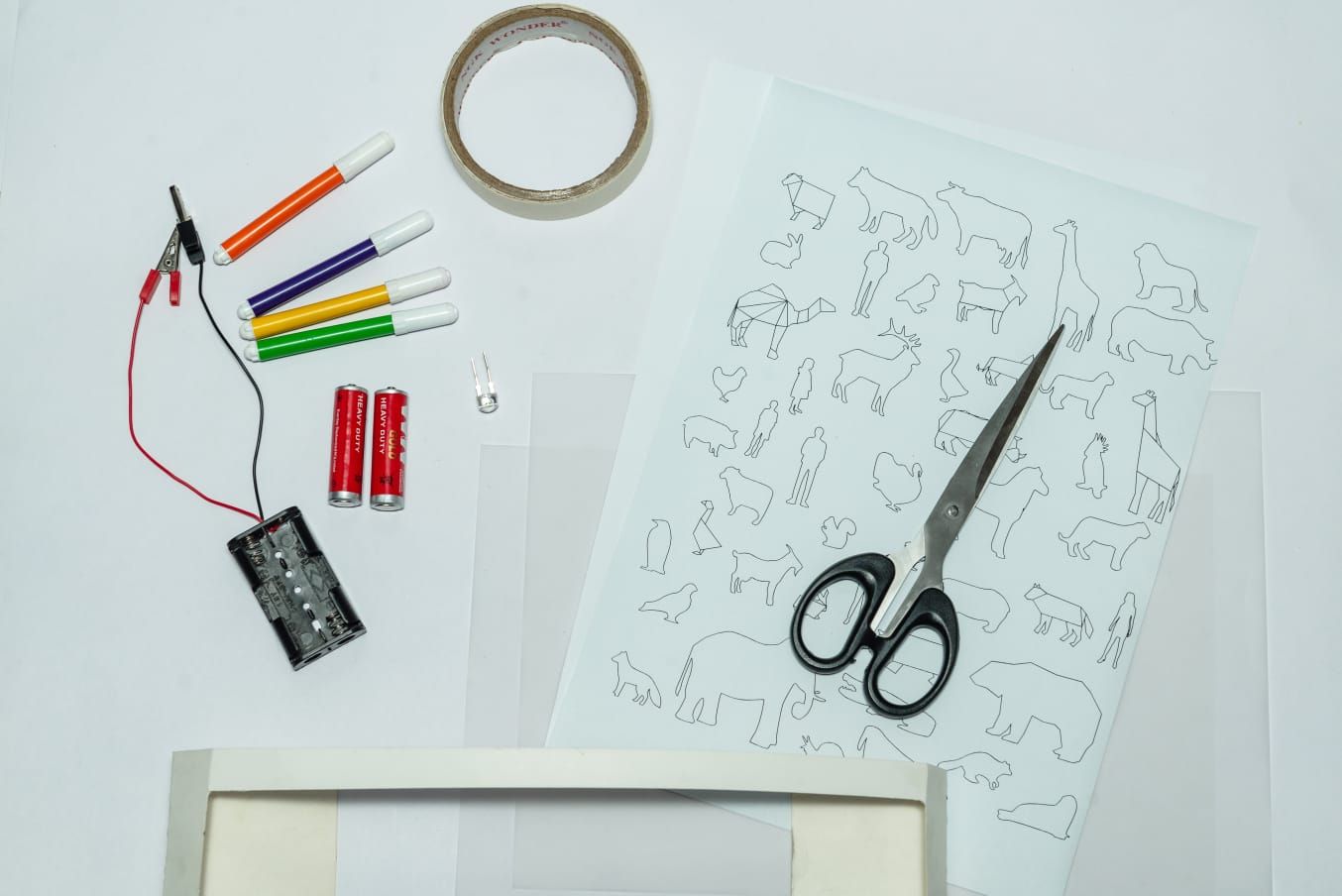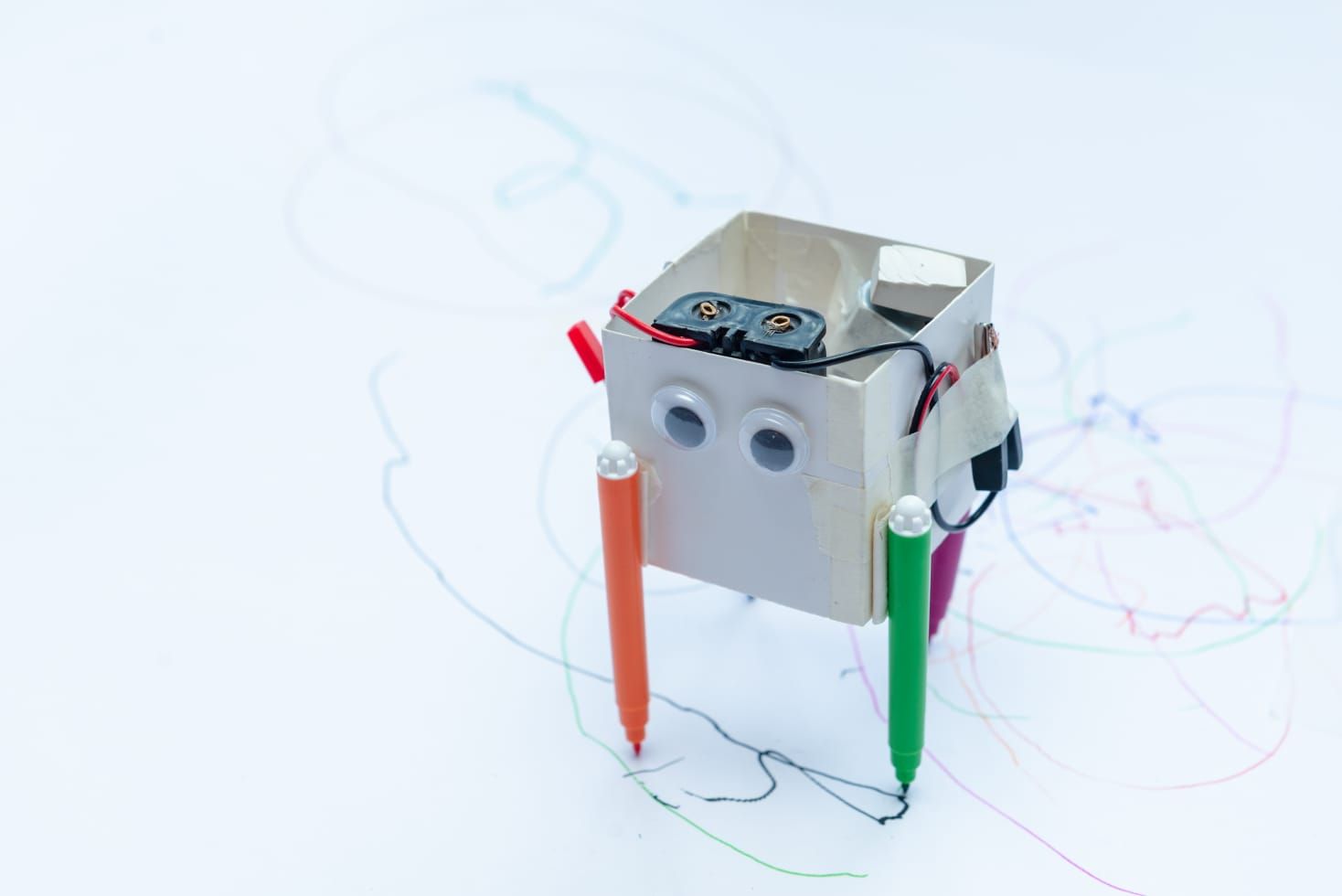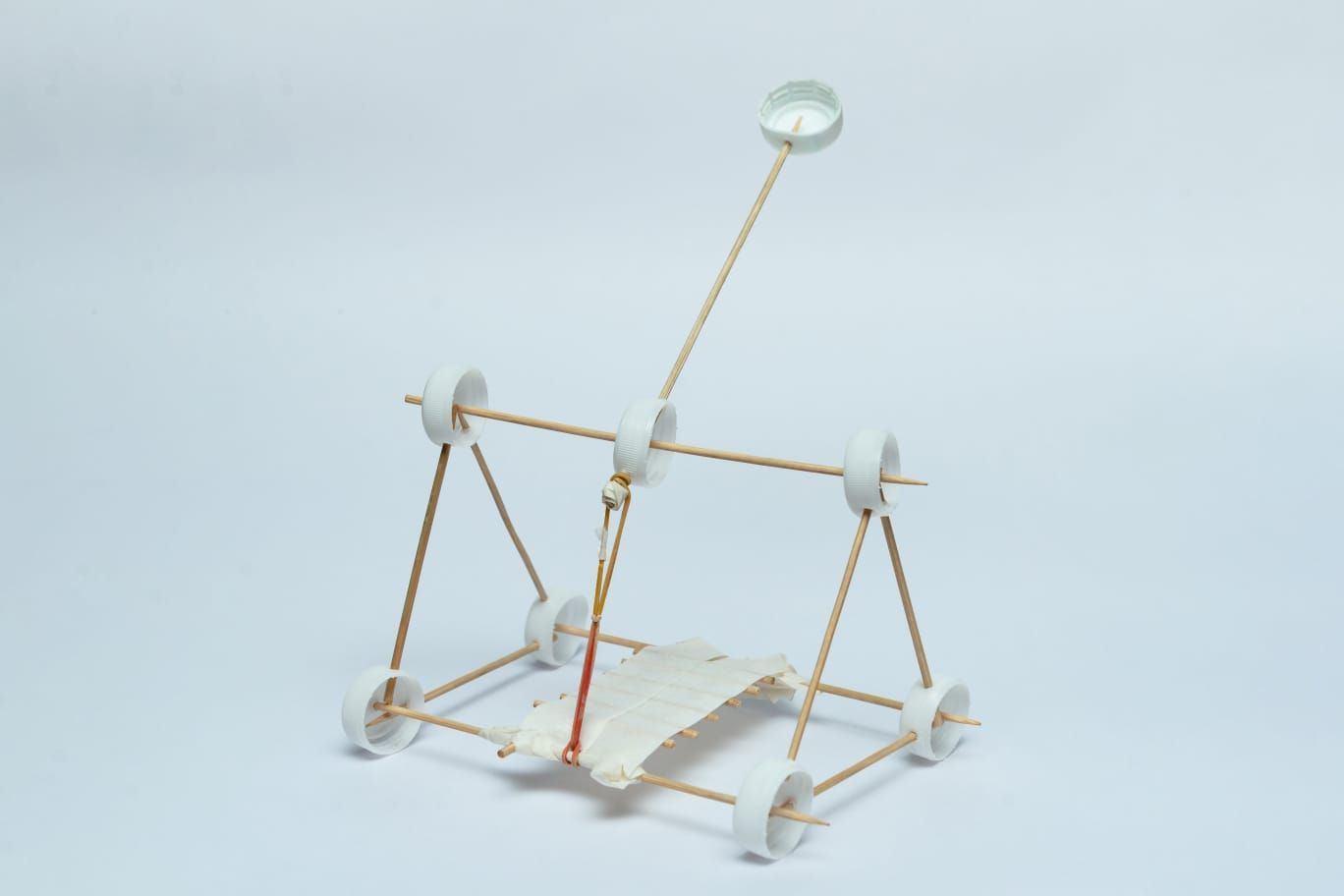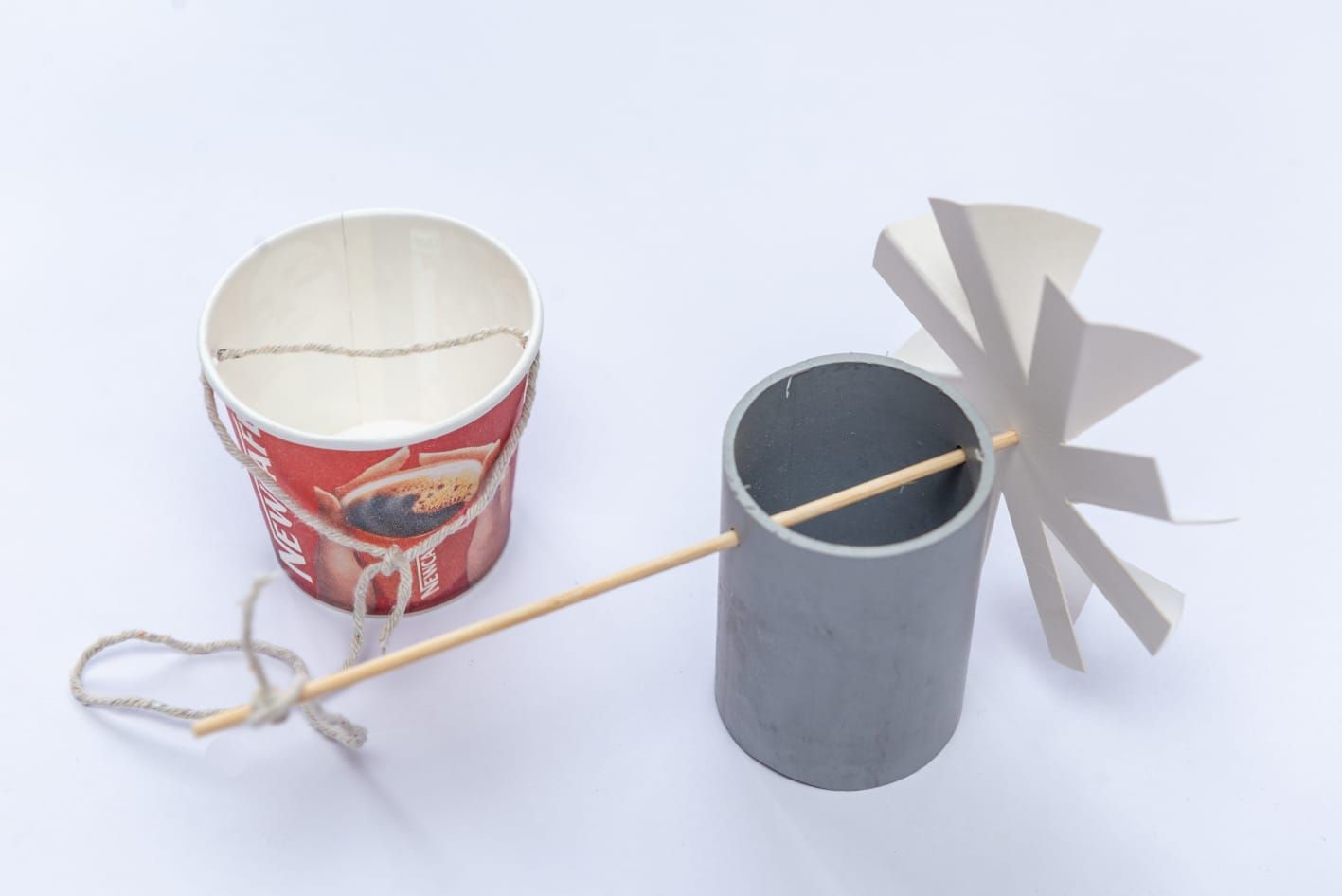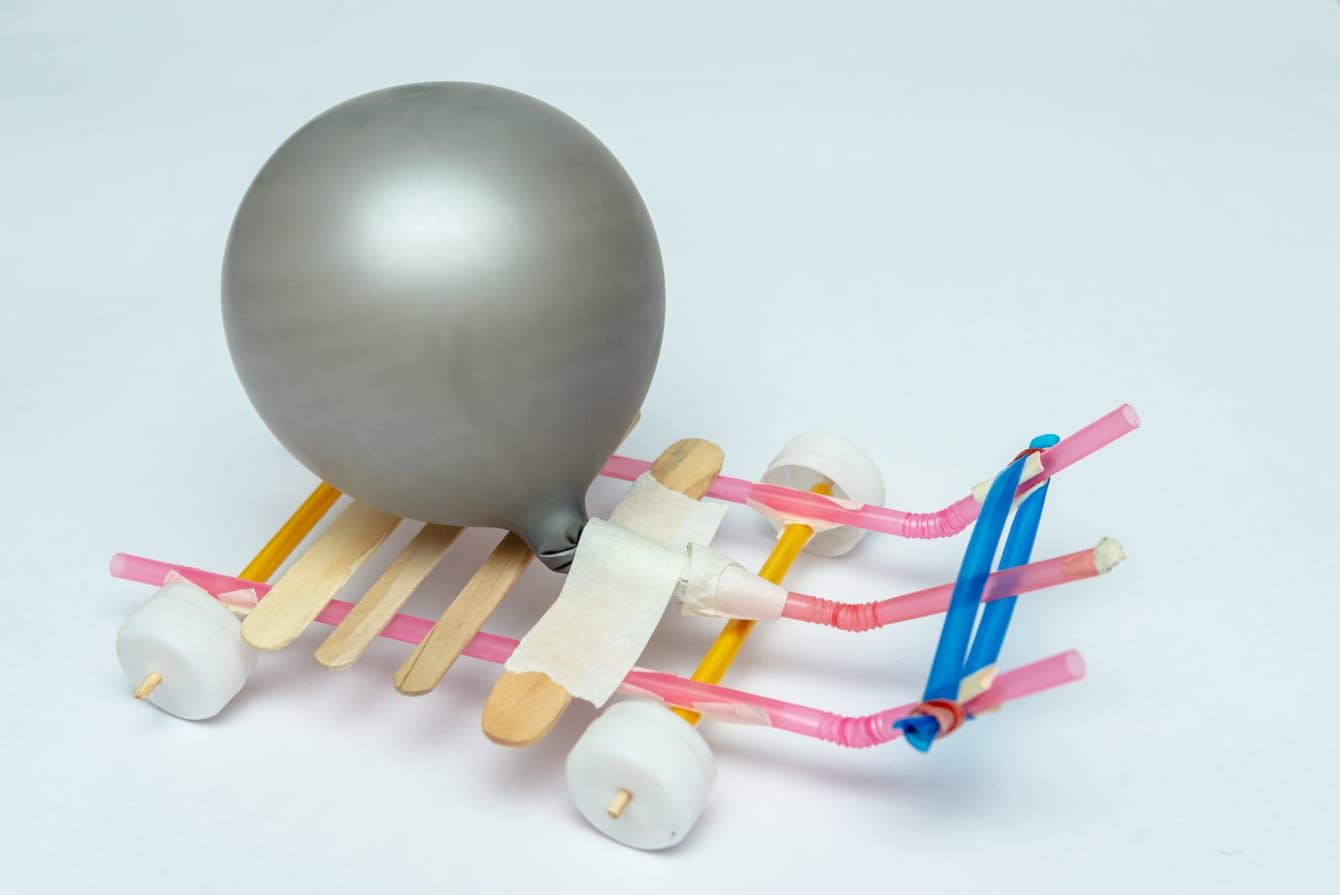PEBL Toolkit
Rethinking learning through PLAY and ENGINEERING
PEBL toolkit is an open source resource to bring playful engineering based learning to your classrooms and your homes. The toolkit aims to turn your classrooms and homes into playgrounds for exploration. Each of the 10 activities available on PEBL toolkit is focused on creating a student-directed hands-on playful learning experience using engineering, scientific and mathematical concepts. These activities are designed to create joyful, actively engaging, meaningful, socially interactive and iterative experiences for students.
Teachers can use it in their classrooms, students can also use it at home to PLAY alone or with family member, and parents can use this with their children. The toolkit comes with educator guides and tutorial videos for teachers to help them plan their lessons. It also comes with student guides in Nepali and English to aid students and parents to explore learning through play.
How to use the PEBL toolkit
For teachers and educators
For Children at home
For Parents
Teachers, students and parents are encouraged to come up with other creative ways to use the toolkit as per their necessity and interest.
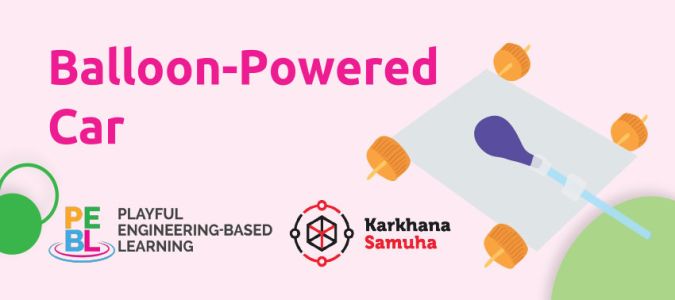
Balloon Powered car
Create a simple toy car that moves by pushing air in the opposite direction.
In this activity, students make use of air stored in a balloon to power a car. Its working is based on Newton’s third law of motion. This activity focuses on getting students to make multiple drafts of their designs and make improvements with each draft.
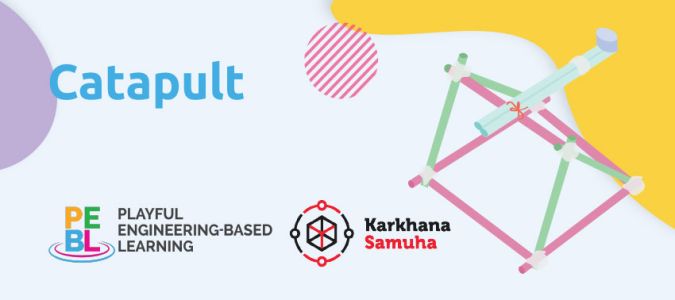
Catapult
Build miniature models of ancient war catapults that can shoot paper balls.
In this activity, students work around the concepts of stability and power. They find ways to get their catapult to generate enough power while making sure it has a sturdy structure that doesn’t fall apart, and a stable base that doesn’t topple over. This activity focuses on getting students to test their prototypes and modify their designs based on new insights.
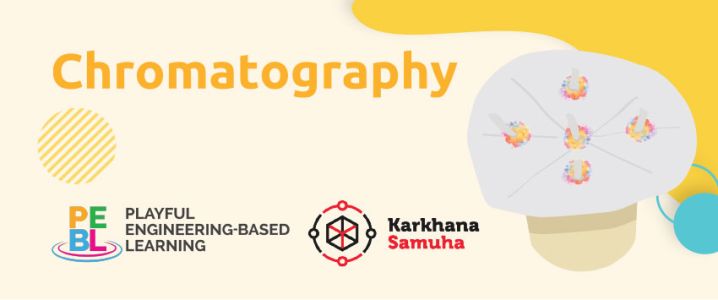
Chromatography
Use the scientific technique of chromatography to exchange hidden messages and to create colorful art with the help of water.
In this activity, students work with paper chromatography. This technique separates particles in a water soluble mixture as water spreads through the paper and carries the mixture particles along. Students make use of this property to get water to help them play games and create art. This activity focuses on getting students to experiment with chromatography and try different ideas while creating their art.
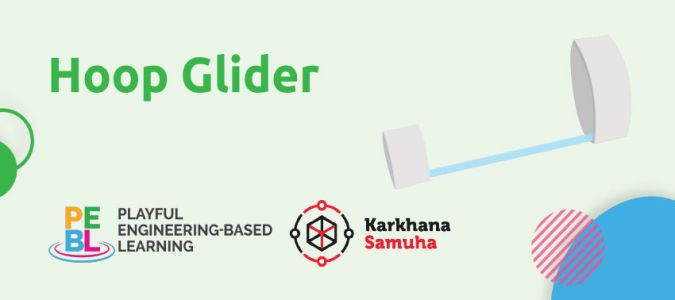
Hoop Glider
Build a simple yet effective glider out of paper and straw.
In this activity, students explore the aerodynamic properties of shapes and use it to make gliders. This activity focuses on getting students to iterate on various aspects of their gliders such as shape of hoops, length, relative size etc.
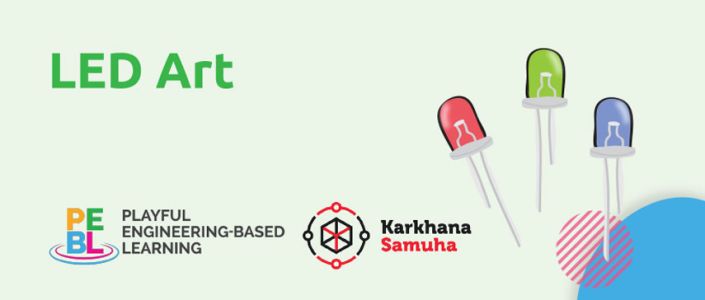
LED Art
Make your art more lively and creative by integrating LEDs in them.
In this activity, students work with coin cells and LEDs. They use the bright colored lights emitted by LEDs to substitute the use of normal colors in their art. The activity focuses on integrating arts with technology, and on getting students to see technology as a way to express themselves instead of merely a problem solving tool.
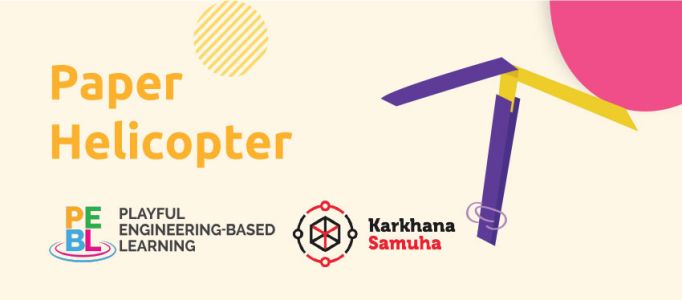
Paper Helicopter
Make helicopters out of paper and enjoy watching them descend as they spin vigorously.
In this activity, students cut and fold paper helicopters with wings of varying dimensions and varying weight, and test their flight. This activity focuses on getting students to build hypotheses, experiment to test them and come up with theories to explain their observations.
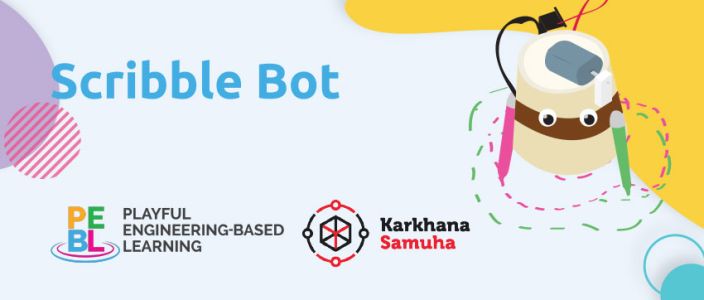
Scribble Bot
Build a fun machine that scribbles random, colorful patterns as it vibrates and moves.
In this activity, students work with basic electronic components to bring a scribbling machine to life. They use vibration to power the machine and get it to scribble patterns of various colors and shapes. This activity focuses on getting students to build multiple drafts of their scribble bot and getting it to draw a wide variety of patterns.
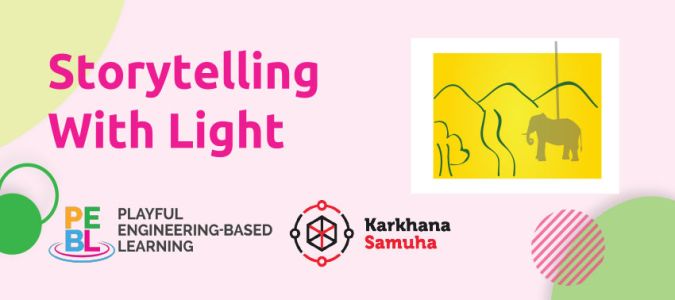
Storytelling with Light
Design your own storytelling experience by drawing backdrops, creating cut-outs of characters, and “special effects” that make fascinating use of lights and shadows.
In this activity, students work with light, shadows, shapes and colors to adapt their stories into engaging plays. This activity explores the properties of light and shadows and uses them to make storytelling more lively. Students later take turns to present their stories to their peers. The activity focuses on integrating arts with technology, and on getting students to see technology as a way to express themselves instead of merely a problem solving tool.
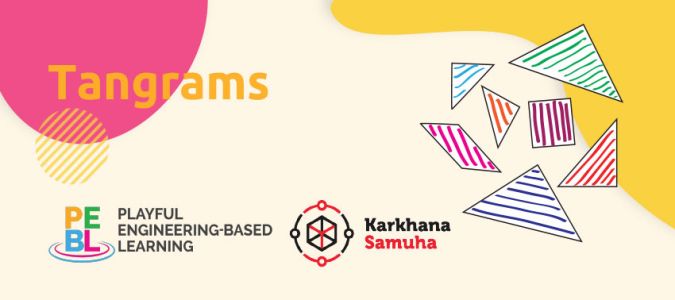
Tangram
Tangram is a set of seven simple geometric shapes that can be arranged to create many fun and beautiful images.
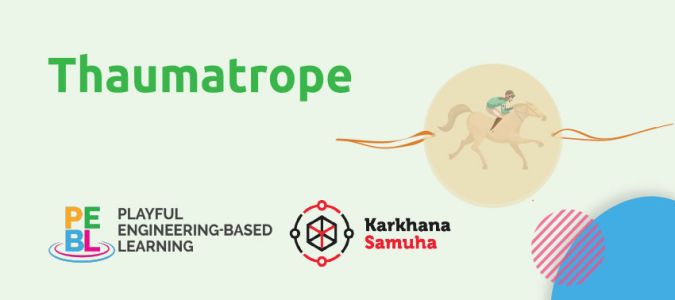
Thaumatrope
Create optical illusions using a simple device based on the persistence of vision.
In this activity, students make use of persistence of vision to create optical illusion. This activity is a blend of science and art, and helps students see science as something fun and playful. It focuses on getting students to make multiple drafts of their designs while identifying the problems with the older drafts, and improving with each draft.
